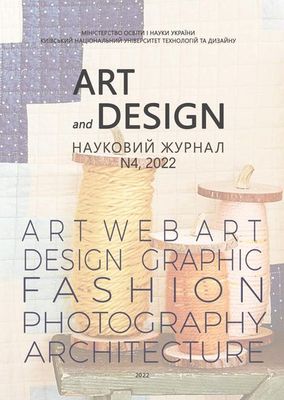INDUSTRIAL DESIGN OF SEWING MACHINES
DOI:
https://doi.org/10.30857/2617-0272.2022.4.5Abstract
The purpose of the research is to establish analytical regularities and historical connections in the triad "beauty – utility – functionality" using the examples of industrial design of sewing machines.
Methodology. A complex of general scientific approaches was used: analytical, system-informational and set theory method for qualitative assessment of changes in the industrial design of sewing machines for household and industrial purposes.
The results. On the basis of the conducted research, the influence of shaping on the beauty of historical and modern shuttle and chain stitch sewing machines was analyzed and summarized. On the basis of set theory, the regularities of changing Venn diagrams for three groups of sewing machines as an object of industrial design are established. New concepts of "mini-graffiti in sewing machines" and "transparency of opaque objects" have been introduced, which is combined with the 3D movement of parts during the operation of machines with artificial intelligence. Formulate the following principles of industrial design of sewing machines, taking into account historical experience and the operation of machines in real time: the K2F principle; the principle of 3D-transparency of opaque moving and stationary elements of machines; the principle of mini-graffiti in sewing machines.
Scientific novelty. On the basis of analysis and analytical studies, regularities and new connections in the triad "beauty, usefulness. functionality" of types of sewing machines according to the formulated principles of industrial design of sewing machines and the K2F function. For the first time, the concept of sewing machines with artificial intelligence was introduced as an object of future design.
Practical significance. The results can be used to create a relational database of industrial design of sewing machines, and the proposed analytical research methods based on Venn diagrams and Edwin-Harrington functions can be used for qualitative and quantitative analysis of subject and industrial design of technical and technological objects of various industries. The results are implemented in practice in the author's innovative design projects: the design project "Industrial Design of sewing machines"; interior design projects "mini atelier Yin and Yang".

